Budget information is essential to increase predictive lead scoring accuracy
In an ideal world, your prospects budgetary information would be accessible from a single web search. In the real world, though, you don't know their budget, nor do you have Google Drive permission to their finance department.
In this blog post, we'll dissect why the budget info is essential to increase the accuracy of predictive lead scoring, and how best to find it.
Budget data's value in predictive lead scoring
Supplementing your predictive lead scoring with actual budgetary information ads with greater accuracy to your model by serving three crucial functions:
- Screening out those who can't afford your services.
- Determining how valuable leads may be in the long run.
- Improving the overall data quality. Poor data quality is listed as the primary reason for 40 percent of failing business initiatives, according to Gartner.
After it’s gathered, you can plug this data into your predictive lead scoring process and more accurately gauge your lead's potential value.
Learn how they're currently spending their budget
You can actually take a peek at your prospects current budgetary expenses—so long as your service is in tech.
Tools like BuiltWith and Datanyze list many—but not all—of the digital services used on any given website. Paste in the URL, and you might get a glimpse into their hosting provider, digital advertising partner, or database analyzer, amongst many others.
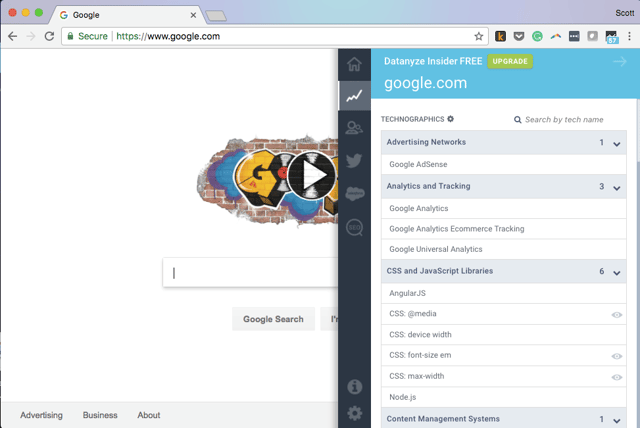
A look behind the curtain at Google reveals the search giant heavily depends upon their services.
Compare the prices of those related to your product offerings. This gives you an idea of how much they're willing to invest, and where your service fits into their operations.
Use progressive profiling to aid your predictive lead scoring
Progressive profiling requires users to provide incrementally more information each time they fill out a form.
For example, leads may only need to fill in their name, email, and industry on their first content offer download. Subsequent downloads could then prompt them to fill out their company size, and, of course, their department's budget.
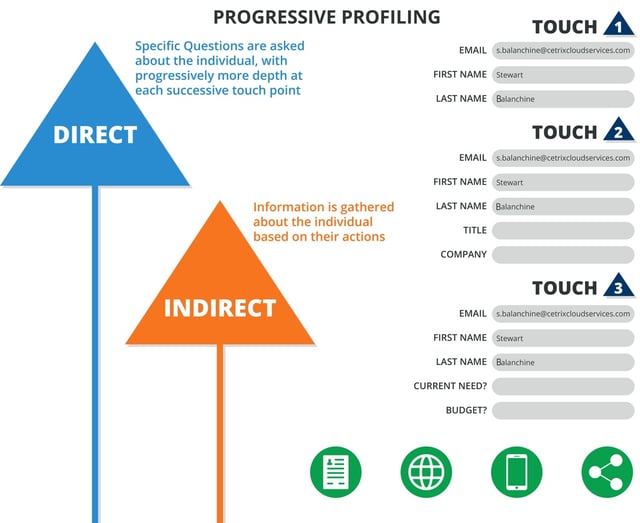
This lead generation method increases conversion rates by shortening lead forms and helps collect valuable information you jettisoned in the name of keeping lead forms brief.
Gather budget trend data from your lead's industry.
You’ll need to widen your search’s scope if your lead's information is too hard to find. Search for buying trends based on the industry to which your leads belong.
If I'm targeting B2B companies with a $200 per month content marketing tool, for example, I'd look for industry surveys and research showing spending trends.
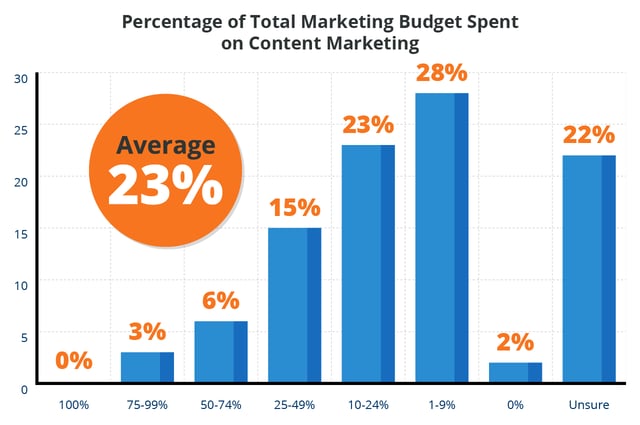
I learned that B2B companies spend an average of 23 percent of marketing budgets on content marketing. Based on my tool’s price and this average budget, I can gather that prospects have enough wiggle room to purchase, but I’d expect a tight squeeze.
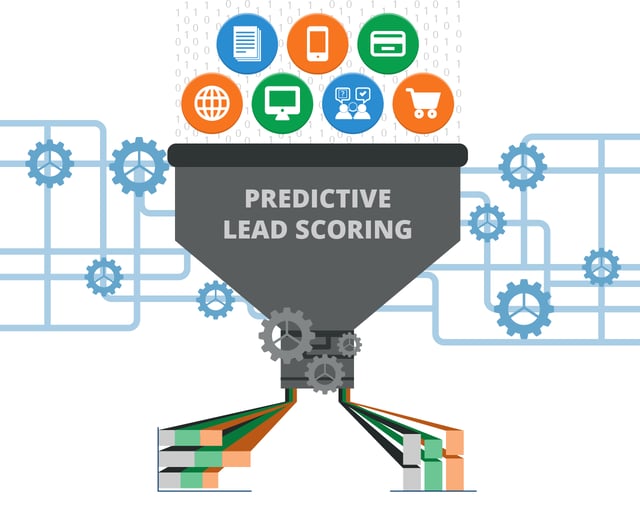
Predictive lead scoring ads tremendous value in terms of predictive intelligence for marketers, but its accuracy hinges on your leads’ depth of interaction on your site. For those users, it’s often best to shore up what you can to ensure your leads can reasonably afford your services.




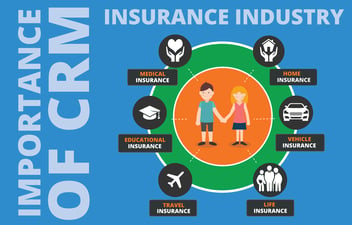
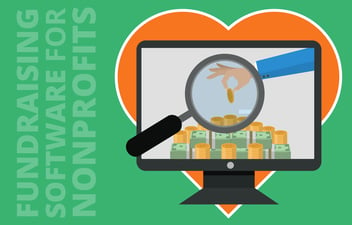
Leave a Comment